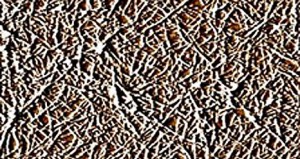The SpaceX Falcon 9 rocket and Dragon spacecraft are prepared for Tuesday’s planned launch, and the International Space Station is ready to receive the cargo that will be sent aloft on the resupply flight, NASA and SpaceX officials reported today.
Launch of the Falcon 9 rocket on the SpaceX CRS-5 mission is scheduled for 6:20 a.m. from Cape Canaveral Air Force Station’s Space Launch Complex 40.
Clouds across the launch area are expected to thin out, and forecasters with the U.S. Air Force’s 45th Weather Squadron are predicting a 70 percent chance of favorable conditions at launch time.
Join us right here tomorrow at 5 a.m. EST for live updates from the countdown.



 The Cloud-Aerosol Transport System, or CATS, is a lidar remote-sensing instrument set to launch tomorrow on SpaceX CRS-5. The payload will extend profile measurements of atmospheric aerosols and clouds from the International Space Station.
The Cloud-Aerosol Transport System, or CATS, is a lidar remote-sensing instrument set to launch tomorrow on SpaceX CRS-5. The payload will extend profile measurements of atmospheric aerosols and clouds from the International Space Station.